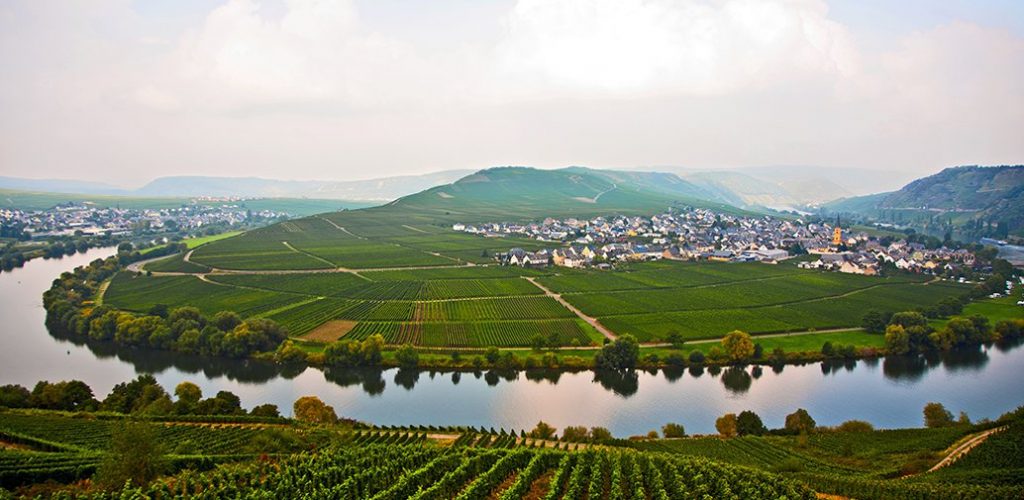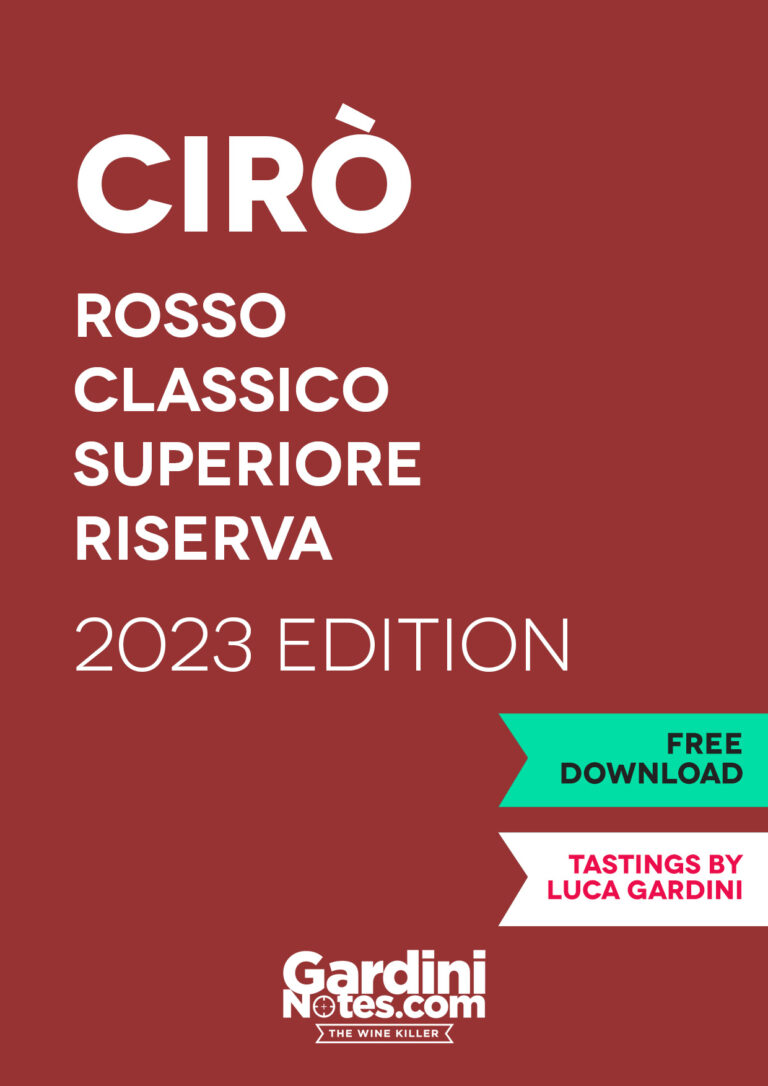The Moselle production area is situated on the river of the same name in the western part of Germany, bordering France and Luxembourg.

100% Riesling
Since Roman times this area has been known for excellent quality wines. Riesling is the variety that dominates the Mosel Valley. The production area of the Moselle, the third largest in Germany in terms of volume, also includes the vineyards situated along its Saar and Ruwer tributaries.
The components that characterize the wines of this area are:
• Earth composed of different colored slate, such as red, blue, gray, and their nuances.
• Riesling plants, in many cases immune to phylloxera. For this reason, in the Moselle vineyards, one can find 100 or more year-old vines.
• Very steep inclines, with altitudes in some cases, reaching around 80%. Given the structure of the land, the vineyard is almost entirely worked by manual labor.
• In many cases, the harvest involves several steps, both for the difficulty of the process and for the number of different labels produced here. For this reason, the grapes are picked at various degrees of ripeness.
• Despite the fact that the production area is farther north, the river still affects the temperature of the area and in a positive manner. It also plays an important role in the growth cycle of the plant by reflecting the sun’s rays and acting as a natural mirror.
• The exposure of the vineyards in the Mosel region mainly faces south.

In the cellar, the wines are generally produced in a simple manner, so as not to influence them by the use of wood, particularly that of small dimensions.
The characteristics that determine the wine cellar practices for Moselle wines are:
• Spontaneous fermentation.
• Vinification in steel or in very old and capacious barrels called ‘fuder’.
• One year of aging, often spent in the same containers used for the winemaking. The wine classification is complex and embraces dry labels (troken) in addition to sweet ones in which the Riesling grapes were attacked by noble rot (trokenbeerenauslese). The categories are determined according to the concentration of sugar in the wort (the value is calculated in degrees Oechsle).
Categories:
• Kabinett: must respect the grape variety and the production area. It can be dry or have some residual sugar.
• Spätlese: from the late harvest. Not only sweeter wines, but also exemplary ones that are more profound and concentrated. The grapes used for this category must have a perfect level of ripeness. Wines named spätlese can be either dry or sweet.
• Auslese: the term can be translated as selected harvest. For this category, grape bunches that have been attacked by noble rot, can also be used. Auslese wines can be both dry or have some residual sugar.
• Beerenauslese: the term can be translated as harvest of selected berries. It exists only in a sweet version.
• Trokenbeerenauslese: harvest of dry selected berries. Rare, sweet wines with a low alcohol content. During the production of this category, fermentation is rendered difficult by the high sugar content. The Trokenbeerenauslese (abbreviated TBA) can only be dessert wines.
• Eiswein: this ‘ice wine’ is made naturally from frozen berries. Wines of this classification have the same sugar content of Beerenauslese. This category consists of only sweet wines.










